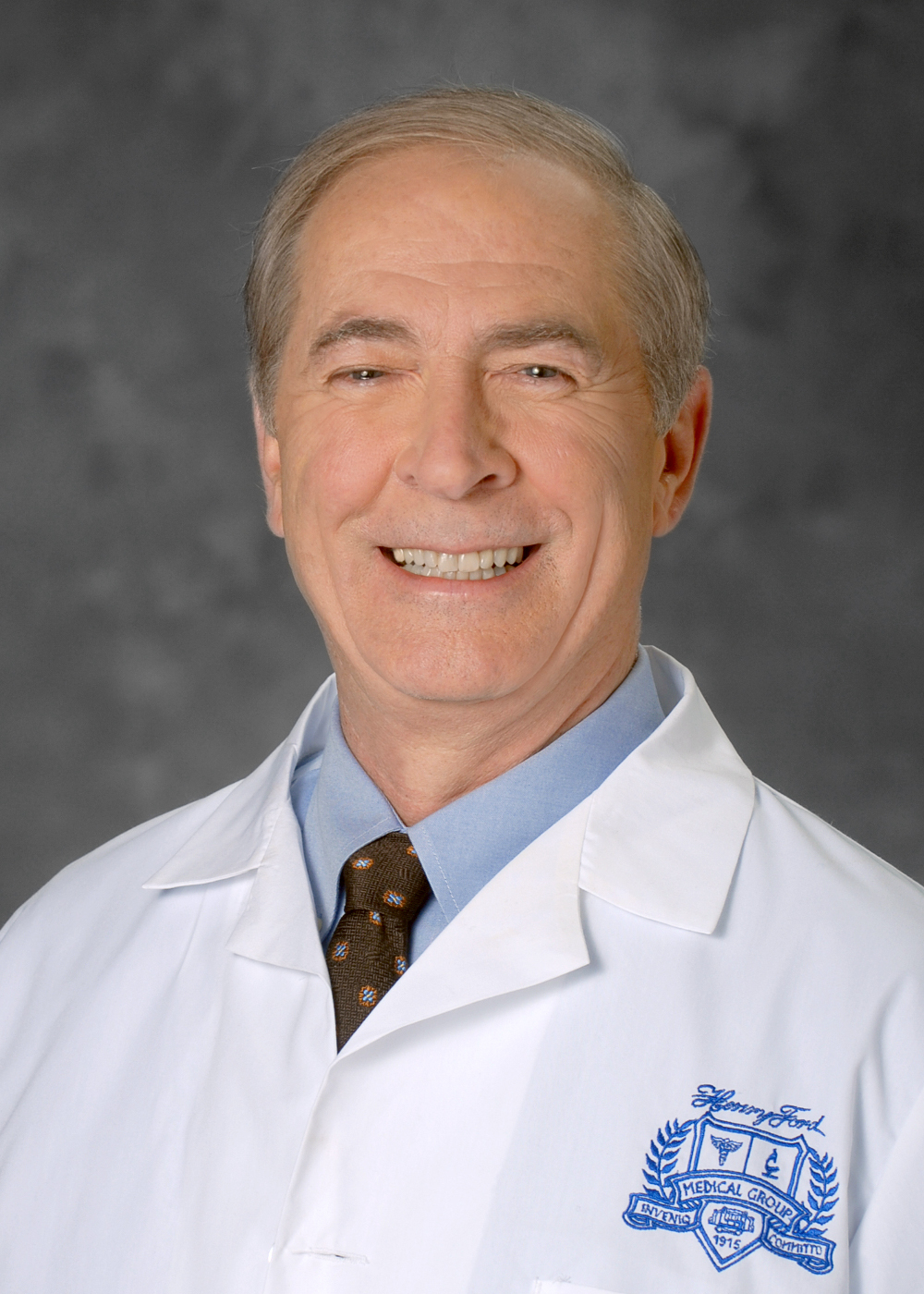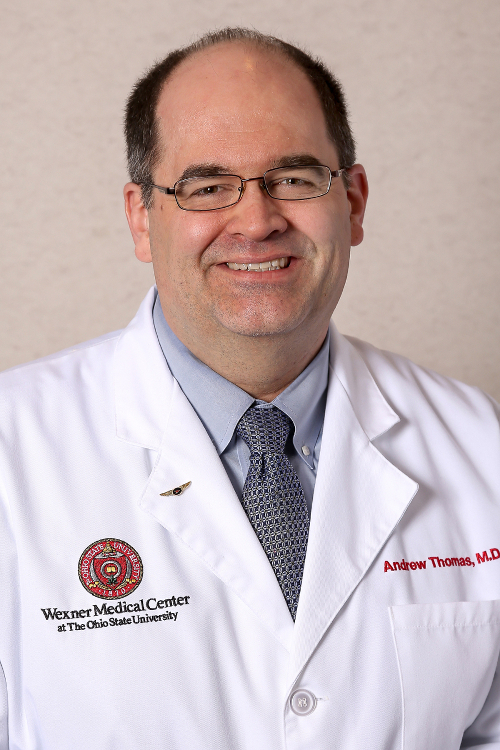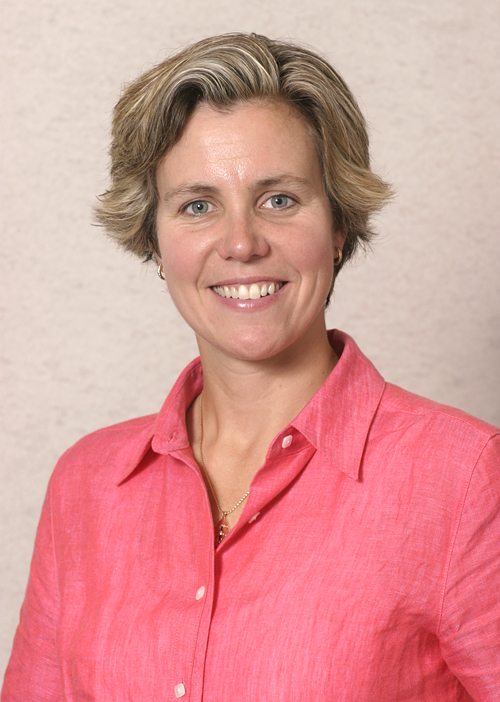In the increasingly quality-driven and value-based world of healthcare, the importance of efficient and effective work processes cannot be overstated. A healthcare organization that runs like a well-oiled machine will not only be successful in delivering high-quality care but will also deliver that care to a higher volume of patients.
Given that the healthcare industry is constantly changing, however, work processes and staff performance also have to continually evolve to ensure that quality and cost goals are being met. Here, six CMOs and chief quality officers discuss their organization's successes in process and quality improvement as well as the most common challenges of implementing process improvement programs. They also offer advice on how to develop an organization-wide culture of continuous process improvement.
Question: What are some of the most successful process improvement programs that have been implemented at your organization?
Linda Butler, MD, CMO/CMIO, Rex Healthcare (Raleigh, N.C.): Rex has undergone multiple performance improvement initiatives. The most successful has been when we invited a team from N.C. State University's Industrial Extension Service to educate various co-workers on Lean methodology. There was a bed replacement project that involved biomedical engineering, the transporters and the nursing staff on one unit, which reduced the turnaround time for beds requiring replacement or maintenance. We also had a multidisciplinary team restructure the medication reconciliation process — an effort that included pharmacy, nursing, physicians, IT and patients working together to improve the process. We are constantly reviewing our procedures to identify areas for process improvement. Some of our upcoming programs will involve NCSU once again. There will be three teams of biomedical engineering students who will spend the semester at Rex in the Women's Center and Birth Center, the intensive care unit and bariatrics.
 William Conway, MD, Chief Quality Officer, Henry Ford Health System (Detroit): The program that has drawn the most attention is our No Harm Campaign, which is our initiative to reduce harm in healthcare. We monitor 60 different parameters in the harm index, and we managed to reduce the patient harm rate by 40 percent in last four years. That's at least double the national decline. Our second most successful initiative has been around readmission rates, which we have worked on for at least four or five years, and in the last year we saw dramatic improvement. We dropped our Medicare readmission rate by 19 percent, which is about three times the national rate of decline. So we are excited and thankful about that.
William Conway, MD, Chief Quality Officer, Henry Ford Health System (Detroit): The program that has drawn the most attention is our No Harm Campaign, which is our initiative to reduce harm in healthcare. We monitor 60 different parameters in the harm index, and we managed to reduce the patient harm rate by 40 percent in last four years. That's at least double the national decline. Our second most successful initiative has been around readmission rates, which we have worked on for at least four or five years, and in the last year we saw dramatic improvement. We dropped our Medicare readmission rate by 19 percent, which is about three times the national rate of decline. So we are excited and thankful about that.
Jack Cox, MD, Chief Quality Officer, Hoag Memorial Hospital Presbyterian (Newport Beach, Calif.): Our approach is overall performance improvement. We bundled quality into a value triple aim — clinical excellence,  service excellence and cost excellence. These are the three domains through which people rank us and then pay us. You have to be able to deliver great outcomes at a cost that the community can afford. Communication is a key infrastructural element in all three, which we've streamlined through our adoption of the PerfectServe communication platform. We're improving processes in many areas. We have decreased the variation in neuro-spine care, and we have improved care in our mother-baby area. We have a perinatal team who work with our obstetrics hospitalists and community OB-GYNs who have put evidence-based protocols into place. Also Sepsis mortality has dropped by around the 35 percent.
service excellence and cost excellence. These are the three domains through which people rank us and then pay us. You have to be able to deliver great outcomes at a cost that the community can afford. Communication is a key infrastructural element in all three, which we've streamlined through our adoption of the PerfectServe communication platform. We're improving processes in many areas. We have decreased the variation in neuro-spine care, and we have improved care in our mother-baby area. We have a perinatal team who work with our obstetrics hospitalists and community OB-GYNs who have put evidence-based protocols into place. Also Sepsis mortality has dropped by around the 35 percent.
 Linda Efferen, MD, CMO, South Nassau Communities Hospital (Oceanside, N.Y.): I think one of things that has been most successful is that about a year ago we re-organized the structure of our process improvement programs into steering committees that generally cover service lines, as well as disease management teams geared to specific disciplines like cardiology or pulmonary. These groups involve front line staff, and they are led jointly by a member of the medical staff and a member of patient care services. They in turn report to an oversight committee that includes senior leadership. That gives them an opportunity to let us know what they have accomplished as well as what they are struggling with and how we can help them achieve their goals. We have been successful with this model and have achieved Joint Commission certification in several disease specific areas as well as other awards.
Linda Efferen, MD, CMO, South Nassau Communities Hospital (Oceanside, N.Y.): I think one of things that has been most successful is that about a year ago we re-organized the structure of our process improvement programs into steering committees that generally cover service lines, as well as disease management teams geared to specific disciplines like cardiology or pulmonary. These groups involve front line staff, and they are led jointly by a member of the medical staff and a member of patient care services. They in turn report to an oversight committee that includes senior leadership. That gives them an opportunity to let us know what they have accomplished as well as what they are struggling with and how we can help them achieve their goals. We have been successful with this model and have achieved Joint Commission certification in several disease specific areas as well as other awards.
Q: What are some of the most common challenges of implementing and sustaining process improvement? How do you suggest overcoming them?
Dr. Butler: The most common challenge with any performance improvement project is maintaining the change. It is easy to relapse into old patterns or workflows. The way to ensure a new and improved procedure is maintained is to encourage input from the co-workers in the area so they have a sense of ownership in the new workflow and become ambassadors for the best practice. With the larger projects, we employ a checks-and-balances system, which involves identifying a co-worker to be responsible for periodically checking to see that the new workflow is maintained.
Dr. Cox: One of the largest challenges is having an infrastructure for quality and process improvement. We have adopted ISO 9001 as our system for quality improvement, but you also need physician leadership in performance improvement who will own it and take it forward. And then you need the appropriate facilitators. We have peppered our performance improvement teams with industrial engineers who can look at issues with a new set of eyes. These engineers come from different industries, for example one of our engineers came with experience from retail. We have a whole hospital full of great clinicians, but we also need people who understand process improvement, which is where industrial engineers come in.
experience from retail. We have a whole hospital full of great clinicians, but we also need people who understand process improvement, which is where industrial engineers come in.
Andrew Thomas, MD, CMO, The Ohio State University Wexner Medical Center (Columbus): One of our major challenges is our size. We have 1,000-plus physicians and more than 800 residents and fellows. Trying to get all of them to understand the rationale behind the programs can be difficult. We try to pilot new programs and see what works and what doesn't. We try and implement it in one part of the med center first. Hardwiring is difficult as well. I think the key there is to have metrics and data. Then turn the data around to providers so that they know how well a new program is working or not. Also, being physically present and being approachable is important.
Q: What are some ways in which staff and clinicians can be engaged in new process improvement programs, particularly ones that drastically change their work processes?
Dr. Conway: There are a lot of ways to get the staff engaged. We cascade all our process improvement targets through the organization. In general, people don't like to change their workflow. You can't just ask people to go off and do good. You need to give the staff structure and goals and targets, and then ask them to test various process changes to accomplish [them]. So it is goals and targets that leaders need to implement.
Dr. Cox: You have to use both top-down and bottom-up approaches. Top down means that a lot of our organizational goals are based on triple aim goals and that everyone, from nursing directors to managers, are all tied back to the goal of process improvement.
We have a service line strategy. We have teams of physicians working to improve their particular areas. We have them map out goals for their service line and issues for their service line.
Dr. Efferen: I think you have to engage them and empower them, and this has to be done for real, not as lip service. Ask them what it is that makes their day-to-day jobs challenging and then think about what it is that needs to change for them to do what needs to get done. Meetings are good, but in addition, it needs to be a part of the culture. People need to feel as though it's a consistent message. Empowering, supporting and rewarding improvement is the key, but it needs to be embedded in culture.
Q: How do you develop a culture that sustains continuous process improvement?
Dr. Conway: We train the entire workforce in industrial tools for quality improvement, and we deploy a rich array of improvement targets throughout the organization and make sure those targets are met. Having a constant drumbeat regarding safety, which is covered in every communication, is important.
Dr. Cox: For us it has been a seven-year journey. It's not a goal you can achieve in one year. It requires a culture change, and the culture change has to be around performance improvement. An understanding of our ability to improve performance will not only allow us to survive but also thrive in the new world of healthcare. It should also be clear to the organization that the leadership takes this seriously. Every member of the organization needs to be incentivized around performance improvement, including the CEO.
 Susan Moffatt-Bruce, MD, CQO, The Ohio State University Wexner Medical Center (Columbus): We have been successful in that because we set goals and then we measure. We continuously evaluate our success and failures and then we redeploy programs and initiatives.
Susan Moffatt-Bruce, MD, CQO, The Ohio State University Wexner Medical Center (Columbus): We have been successful in that because we set goals and then we measure. We continuously evaluate our success and failures and then we redeploy programs and initiatives.
Q: What is the best advice you have ever received with regard to process or quality improvement?
Dr. Butler: The best advice that I have received is to get buy-in from the co-workers or clinicians who are living the process every day. We all have the same goal — providing excellent care to patients and their families. The challenge is agreeing on the workflow and then maintaining the change. If there is agreement that the change is for the better, it will be maintained.
Dr. Cox: Performance improvement really is a journey; it's not a destination. The targets keep changing because everyone is trying to improve.
Dr. Efferen: I think there are two caveats — make sure people understand the "why" of what we need to do, rather than just put out a mandate, and the second is make it personal. Healthcare is not abstract. The goal is to ensure consistency 24/7 — so no matter who comes in or at what time of day — every person's health care needs are met.
Dr. Thomas: Always be willing to listen and have an open ear. You want to walk a mile in people's shoes. You have to start out listening rather than only educating people about why you are implementing a particular program. Rather than walking in and telling them that their process isn't good and you are going to fix it, listen and be open to them and their thoughts on an issue. Also, just because something is hard and something isn't working, don't give up. We wouldn't have gotten very far if we had given up the first time we tried and it didn't work.
More Articles on Process Improvement:
Transforming Healthcare Delivery Through Value-Based Care Design
3 Strategies for Quality Improvement From Joint Commission CEO Dr. Mark Chassin
4 Process Improvement Steps to Evolve ED Care
